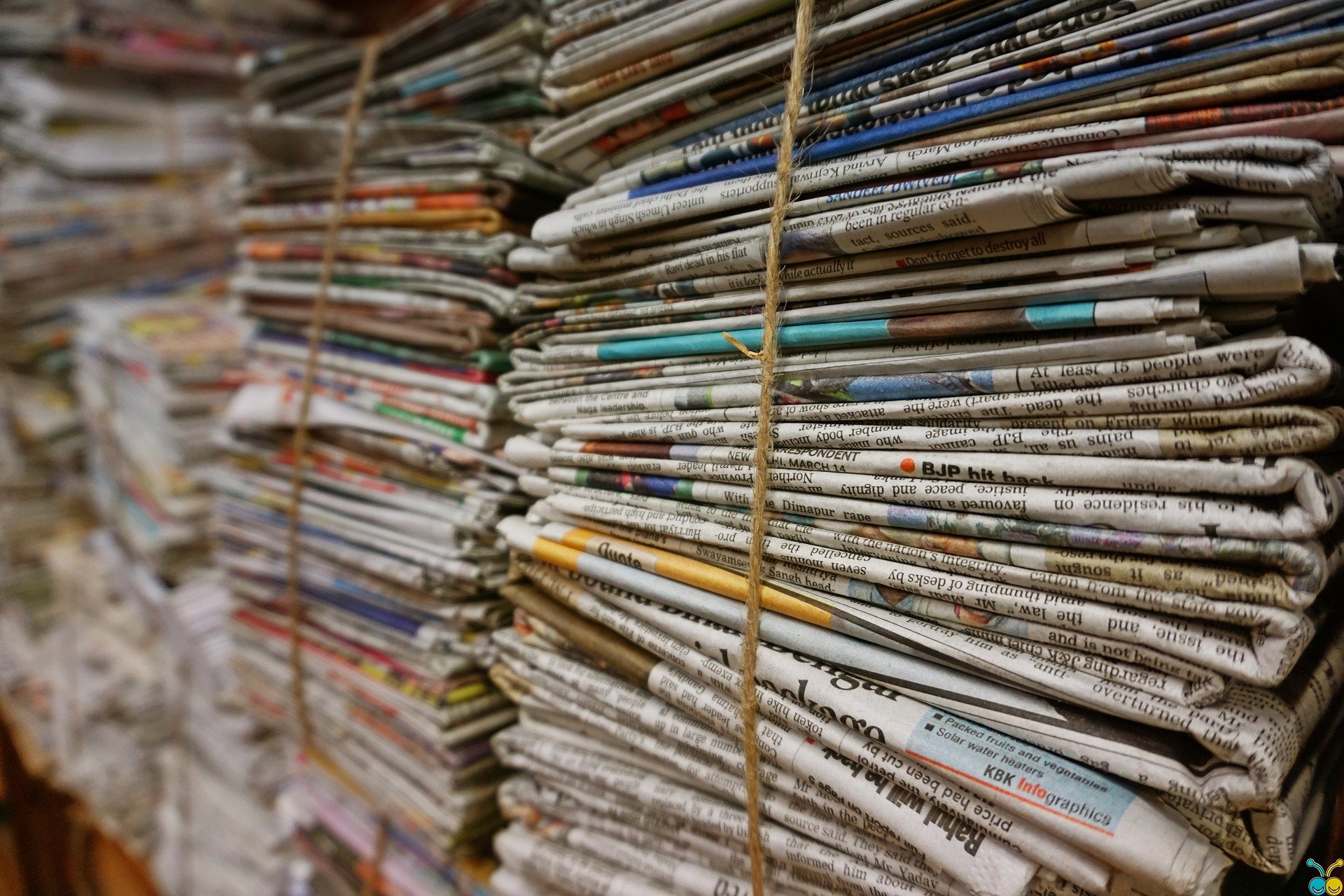Frank’s Bay Tavern in the neighborhood of South Baltimore — house cocktail: the grain alcohol Bay Slinger — has been hit hard by the collapse of the Francis Scott Key Bridge.
Dockworkers who once stopped in for a beer after crossing the bridge are taking other routes home, said Karen Zapushek, who runs the bar with her husband, Frank. Customers are also staying away, she said, because many more trucks are barreling past the bar, making the street outside, with its narrow sidewalks, feel even more dangerous.
“We already had a problem with traffic in our community — and it’s just been really increased with the Key Bridge being down,” Ms. Zapushek said, adding that sales had plunged 40 percent since the bridge fell. “It’s really bad.”
Scores of businesses have suffered since the Dali container ship crashed into the bridge in late March, causing it to crumple into the Patapsco River. The accident severed the Baltimore Beltway, one of the city’s most important highways. Commutes and deliveries are taking much longer because vehicles that used the bridge are going through two highly congested tunnels in central Baltimore or taking other longer routes.
A commute from South Baltimore to Sparrows Point, a giant logistics hub where Amazon and FedEx have facilities, might have taken 15 minutes in the morning rush hour before the bridge fell. Now that trip is taking around an hour through one of the tunnels or on other routes that skirt the city center, residents said.
Thank you for your patience while we verify access. If you are in Reader mode please exit and log into your Times account, or subscribe for all of The Times.
Thank you for your patience while we verify access.
Already a subscriber? Log in.
Want all of The Times? Subscribe.

